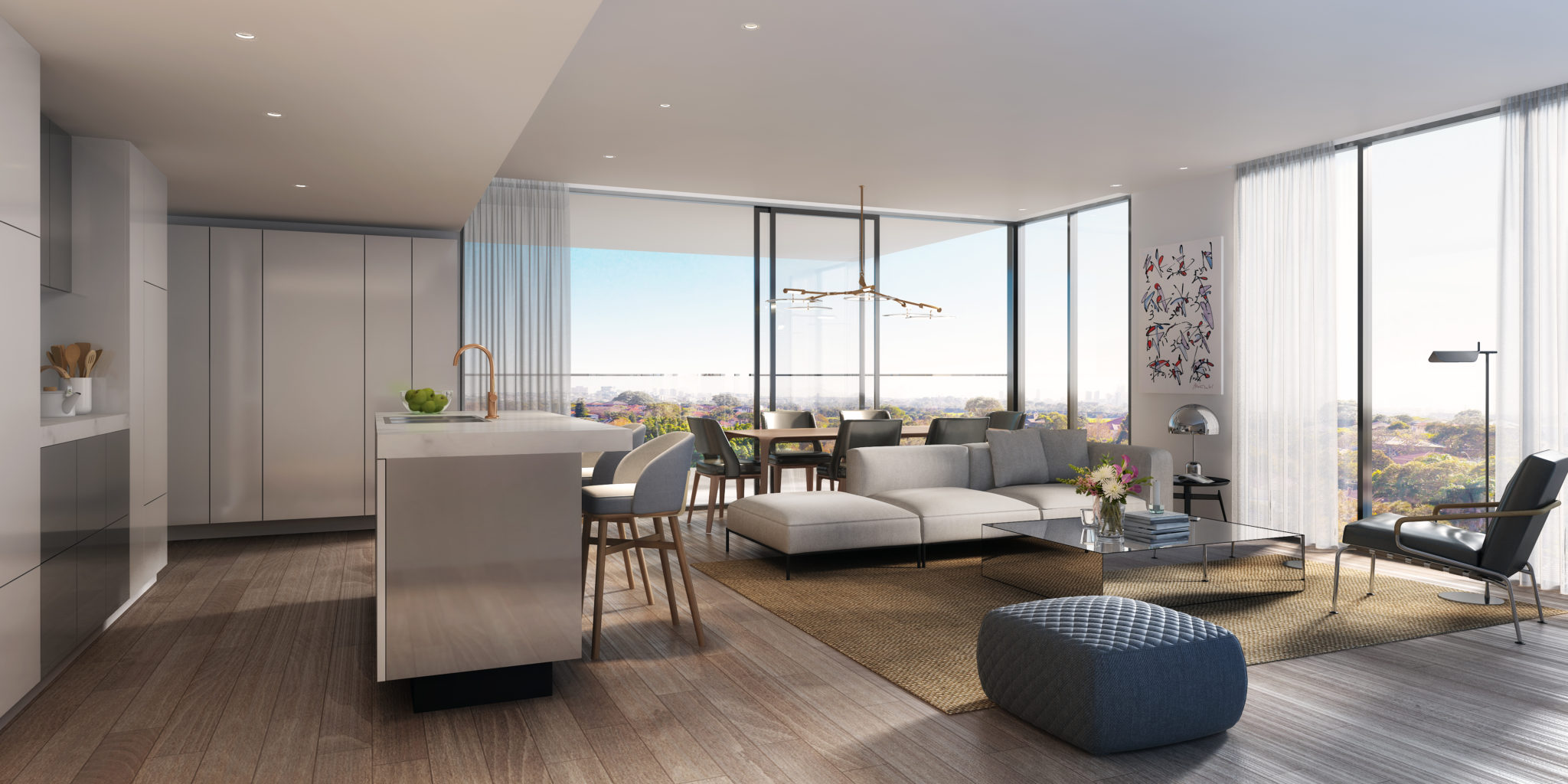Why render techniques are so important for 3D artist?
Virtual reality (VR) will become the main form of architectural visualization eventually. But, until that near future arrives, we still need to be creative with the available digital space. Not that we’re limited by the current digital boundaries — architectural rendering techniques are already a vast subject.
We have one piece of advice before we start with the techniques. It’s actually more of a precondition to architectural rendering — know your architecture. Unless you’ve studied architecture or construction, you need to get to know the material. With that knowledge, you’ll be able to improve your work.
Now, let us explore the best rendering techniques.
1. Drafts, Drafts, Drafts
Artists who build their models based on the first draft are most likely to disappoint their clients. So, draft as many ideas as you can. This also the most architectural rendering techniques for artist.
You need to play with different compositions and angles before you set your mind on a certain combination. As a matter of fact, we would recommend that you get at least another pair of well-trained eyes to take a look at your drafts. Ask your colleagues for help. That way, you’ll be able to find the best architectural rendering technique for the job.

2. Minimalism Above Details
Don’t complicate your life if it’s not necessary — we tell you this with all the sincerity we can gather.
It often happens that young artists want to impress clients by including a lot of details. But, although your heart is in the right place, you’re not doing anyone a favor. Minimalism is one of the architectural rendering techniques that will help you stay focused.

3. Breathe Life into Your Art
As a 3D rendering artist, you need to use architectural rendering techniques that will start up your clients’ imagination. For example, we often use realistic shapes and objects to get the clients’ creative juices going.
To illustrate, your artwork should leave a certain impression. The impression depends on your project, of course — you yourself need to sense the tone.
In any case, we know that we’ve done a good job when we can see emotions on our client’s face. You’ll be able to do the same if you add people, plants, traffic, etc. into your artwork. If you place your model in a realistic setting, you’ll actually breathe life into your art.

4. Light Up Your Model
Both shadows and light play an important role in architectural rendering. Even when a piece of art is proportional and properly composed from just the right angle, it can be worthless.
Improper use of light can make your entire model look awkward, which will make you look like an amateur. Therefore, we sincerely advise you to precisely define and use appropriate lighting.

5. Display Practicality
While some clients need to experience your rendering model, others may prefer to see its practicality.
Through diagrams, the simplest rendering technique, you can use pointers, notes, and arrows. These means can help you to further explain your model. If properly used, diagrams can show functionality and details that other techniques can’t.
However, keep in mind that you need to pay special attention to details. A client who wants a model showcased through diagrams knows their business and thus is able to see mistakes.

6. Enrich Your Texture Library
In our experience, any piece of software can offer different texture options. However, that number of options is limited. Considering that many artists use the same software, their art starts to look alike.
You can’t stand out from the crowd if you don’t give your work a personal touch. So, when you’re not working on a project, you should invest your time in upgrading your texture library. Doing this will both boost the quality of your work and improve your productivity. This architectural rendering technique is often neglected by the artist.

7. Warm and Vibrant
If we’re working on a family neighborhood or a summer house, we always make sure to create the right atmosphere.
Although this type of rendering isn’t demanding, you still need to make your clients happy. Your goal is to convince your client you’re able to design a lovely place. Specifically, your model needs to be homey, children-friendly, and comfortable. Thus, we suggest that you use warm tones and vibrant images as much as possible. A good rendering design will help to improve the design process.

8. Express Your Artistic Side
On the other hand, clients might ask you to create something that has never been seen before. At that point, you should explore futuristic techniques.
Your job is to push the boundaries of realism and existing architecture. You need to show what’s yet to come. If you’re uninspired, we suggest that you read up on scientific predictions. You’ll definitely find a number of fact-based predictions you can use in your work.
Furthermore, if you’re a fan of comic books, this is the right time to use your passion. Comic book rendering is a real technique and a great way to show your artistic side. It’s otherwise known as the Stan Lee render.
9. Go with Photorealism
Personally, we’ve met a number of clients that have no imagination. A clientele like this is quite demanding — you’ll need to work hard to impress them. Thus, the most practical technique we use in these situations is photorealism.
The point of photorealism is to create a realistic image. Your goal should be to enter the realm of photography. Luckily, not even a pinch of imagination is necessary to understand this type of rendering.
10. Routinize Your Creative Process
No two artists are alike. For instance, we have a creative process that some might find chaotic or unsettling, but it works perfectly for us. A technique is a way of doing something. Therefore, this is our final tip regarding architectural rendering techniques — routinize your creative process.
Specifically, we would start by developing a communication pattern that we can use with clients. If you’re not able to understand your clients’ wishes, it’s likely you’ll apply the wrong technique. Consequently, you’ll either lose the job or have to start from scratch.
Once you solve communication, we advise you to always start with drafts and brainstorming. With the right idea, you can achieve anything.
The rest of routinization is up to you — what follows is a creative process. In addition, we can only recommend discipline; it will do wonders for your productivity.





